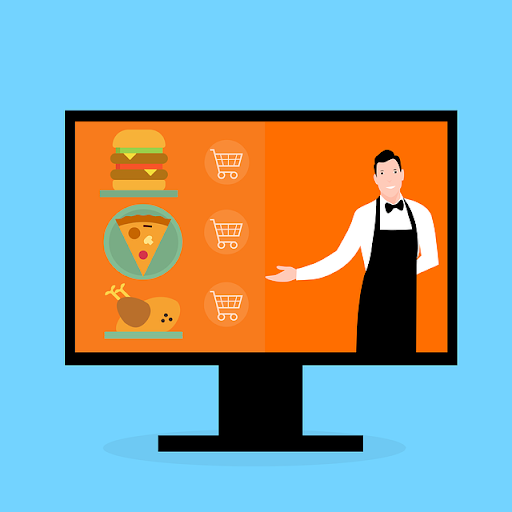Restaurant technology impacts all restaurant operation aspects, including kitchen management, employee shift scheduling, and customer service. Implementing technology that suits your restaurant needs increases efficiency, improves diner experiences, and saves costs. If some of your employees aren’t familiar with technology, they might find it hard to adjust to the new system. However, you can get all your staff on the same page with proper training, ensuring process streamlining success.
If you’re short on finances, consider starting with tools like this pizza restaurant software that will offer a quick return on investment while solving your business’s most pressing issues. Here are five important tech tools for restaurants.
1. Point-of-Sale (POS) systems
Restaurant point-of-sale systems have multiple industry-specific functionalities to enhance operations and other crucial business elements. With an advanced POS system, you can track your ingredients, menu items, and other things you keep in your kitchen. The ideal POS software offers you endless menu alternatives to upgrade your current options.
It allows you to process multiple payment methods, promotes live order changing and tracking, increasing efficiency. A POS system also improves floor management, staff and timesheet management, and accounting reports automation. Consider picking a business-related system to meet your needs while maximizing your operations.
2. Contactless payments
Mobile and tap payments enable customers to pay their bills without giving out their credit cards, keying in their pin, or signing receipts, making customers feel secure. Contactless payments speed up transactions, increasing productivity, revenue, and customer experience. Customers using contactless payments are likely to spend more, increasing your restaurant sales.
Providing touchless payment options in your restaurant enhances your customer and employee safety and health, mainly during pandemics like COVID-19. It also speaks of your safety commitment, building trust with customers, and encouraging repeat sales. These payment options are easy to implement, and their processing fees are low.
3. Customer management systems (CRMs)
Investing in a CRM system allows you to track customer data to get insights into their behavior trends to personalize their dining experiences, improving customer satisfaction. This results in repeat sales and referrals, boosting your restaurant’s profits.
Depending on your customers’ purchasing trends, you can shape future promotions and menu offerings. The ideal CRM alternative helps you streamline processes, remain connected to customers, and boost productivity. Consider investing in an integrated CRM to gather data while offering an outstanding customer experience.
4. Restaurant reservation system
Customers love the efficiency that comes with mobile reservations. Besides helping businesses cope with customer demands, restaurant reservation systems make your business more efficient, ensure a great guest experience and improve your bottom line. To leverage customer demand, choose systems that integrate with reservation apps, growing your reach.
A waitlist and booking app can enable your customers to see real-time waits, booking and reservation availability, operation hours, contact details, and address. The ideal reservation system should save customer data to make it easier for loyal customers to reserve their tables each time they return.
5. Kitchen display system
A kitchen display system is your back of house’s digital form of ticket system. When customers place orders through the POS system, they appear on your kitchen’s screen. This technology allows you to determine how long tickets have remained open to assist the back-of-house team manage their time while ensuring orders come out sooner.
Endnote
Restaurant technology streamlines processes and improves customer experience. Consider using these tech tools in your restaurant to improve productivity and profitability.
